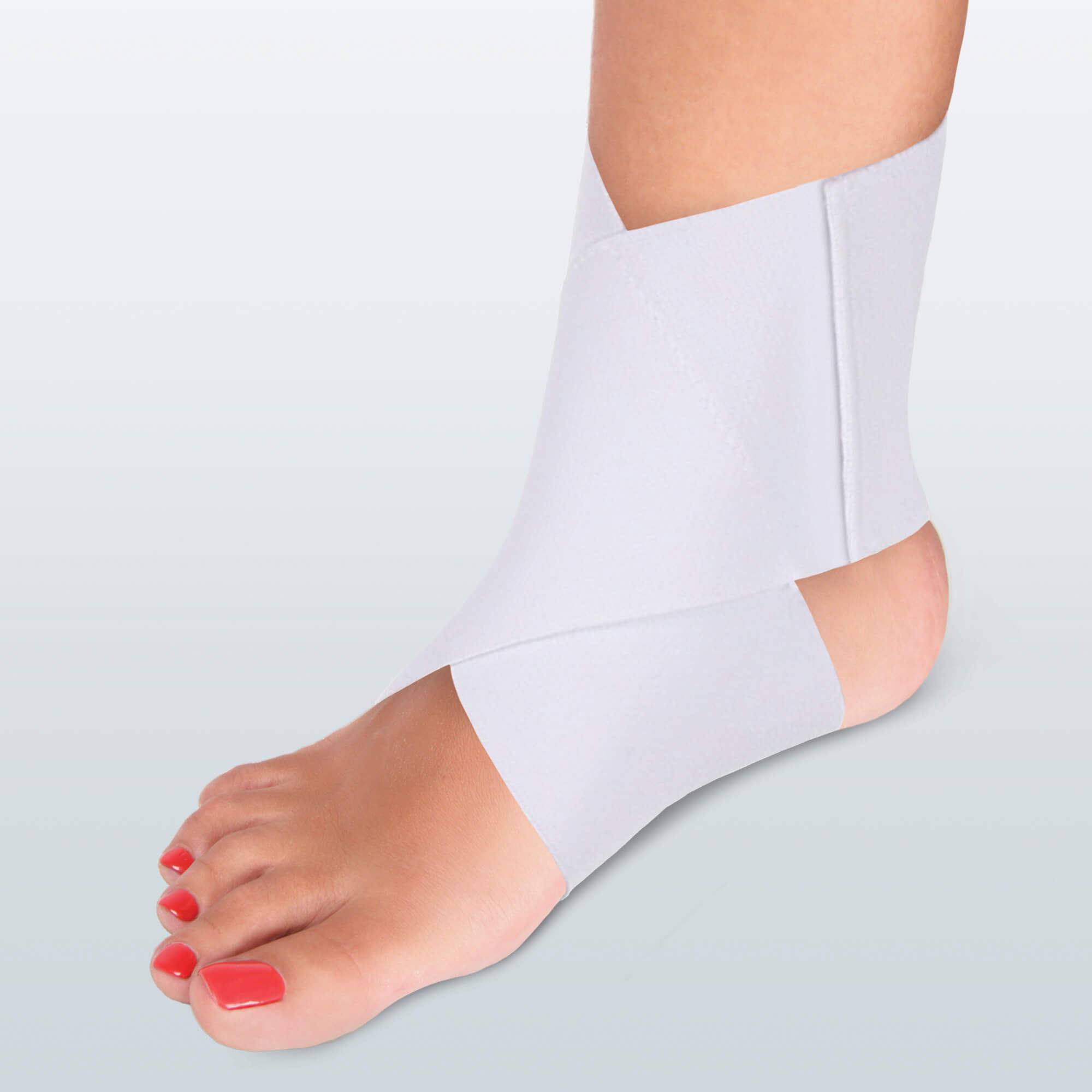Recovering from Ankle Surgery: What You Need to Know
Ankle surgery can be a daunting experience, but taking the necessary steps to ensure a successful recovery is important. Whether you're recovering from a sprain, fracture, or other ankle injuries, following a proper recovery process can make all the difference in getting you back on your feet.
The recovery process after ankle surgery is critical in getting you back to your normal routine. Working with a skilled podiatrist or orthopedic surgeon is important to ensure your recovery process is properly managed. This article will provide a comprehensive guide to the recovery process after ankle surgery and tips for a successful recovery.
The Recovery Process
Immediately After Surgery
The first few days after ankle surgery can be the most challenging. You'll likely experience some discomfort and swelling and may be required to keep the affected leg elevated. Your surgeon may also provide a splint or cast to immobilize your ankle.
It's important to follow your surgeon's pain management instructions and attend follow-up appointments. You may also need crutches or a wheelchair to get around during this time. It's important to take it easy during this period and avoid putting any weight on the affected foot.

Weeks 1-4
In the weeks following surgery, you'll need to increase your activity level gradually. Your surgeon may remove your splint or cast and replace it with a walking boot. You may also start physical therapy to improve your range of motion and rebuild strength in your ankle.
It's important to continue to manage your pain and swelling during this time. You should also keep the incision site clean and dry to prevent infection. It's normal to experience some discomfort and stiffness during this period, but if you experience any severe pain or swelling, contact your podiatrist or surgeon.
Weeks 4-8
After four to eight weeks, you may be able to increase your activity level gradually. You may be able to return to work or school, but it's important to take it slow and gradually increase your activity level. You may also continue with physical therapy to improve your range of motion and strength.
During this time, it's important to continue to manage your pain and swelling. You may also need to wear a compression sock to help manage any swelling. It's important to monitor your progress and to contact your podiatrist or surgeon if you experience any issues.
Weeks 8+
After eight weeks, you may be able to return to your normal activities gradually. You may be able to return to exercise or sports, but it's important to take it slow and listen to your body. It's important to continue with physical therapy and to monitor your progress.

Tips for a Successful Ankle Surgery Recovery
Recovering from ankle surgery can be a challenging and lengthy process, but with the right mindset and approach, you can help promote healing and regain mobility. Here are some tips to help you have a successful recovery:
Follow Your Podiatrist or Surgeon's Instructions
Your podiatrist or surgeon will give you specific instructions on how to care for your ankle after surgery. Following these instructions carefully is important to promote healing and avoid setbacks. This may include advice on medication, physical therapy exercises, and when to return to work or other activities.
Eat a Healthy Diet
Eating a balanced and nutritious diet can help support healing and promote overall health. During your recovery period, include plenty of lean protein, whole grains, fruits, and vegetables in your diet. Avoid foods high in sugar, salt, or unhealthy fats, as these can slow healing and contribute to inflammation.
Manage Pain and Swelling
Pain and swelling are common after ankle surgery, but many ways exist to manage these symptoms without relying solely on medication. Ice packs, heat therapy, compression socks, and elevation can all help reduce swelling and discomfort. Talk to your podiatrist or surgeon about other pain management options that may be available to you.
Stay Positive
Recovering from ankle surgery can be a long and challenging process, but staying positive and focused on the end goal is important. Surround yourself with a supportive and positive environment, and stay engaged in activities that bring you joy and fulfillment. Keeping a positive mindset can help you overcome any challenges that arise during the recovery process.

Ask for Help When Needed
You may need help with daily tasks or mobility during your recovery period. Don't be afraid to ask friends, family, or a professional caregiver for help. Your podiatrist or surgeon may also be able to recommend resources or support groups to help you through the recovery process.
By following these tips and working closely with your podiatrist or surgeon, you can successfully recover and regain your mobility after ankle surgery.
Conclusion
Recovering from ankle surgery can be challenging, but with the right approach, you can regain your mobility and return to your normal routine. Working with a skilled podiatrist or orthopedic surgeon is important to ensure your recovery process is properly managed. By following the recovery process and tips outlined in this article, you'll be well on your way to a successful recovery.

